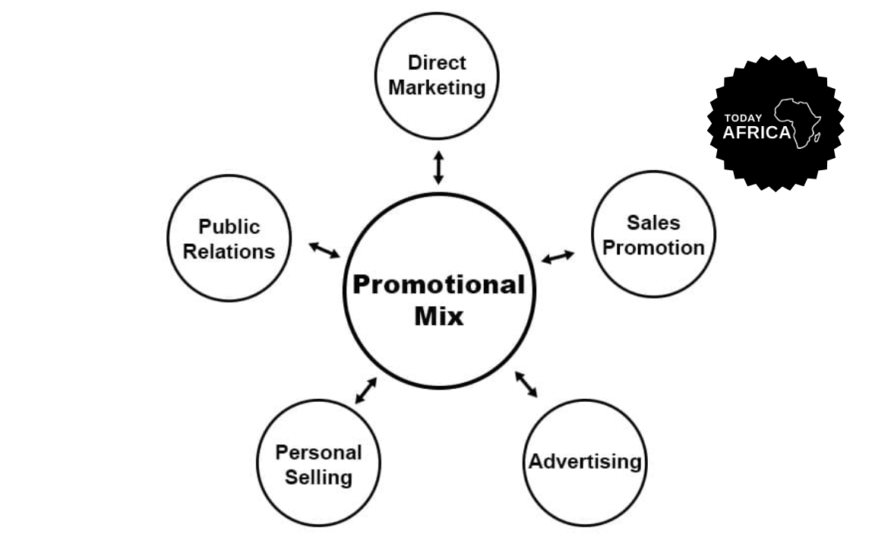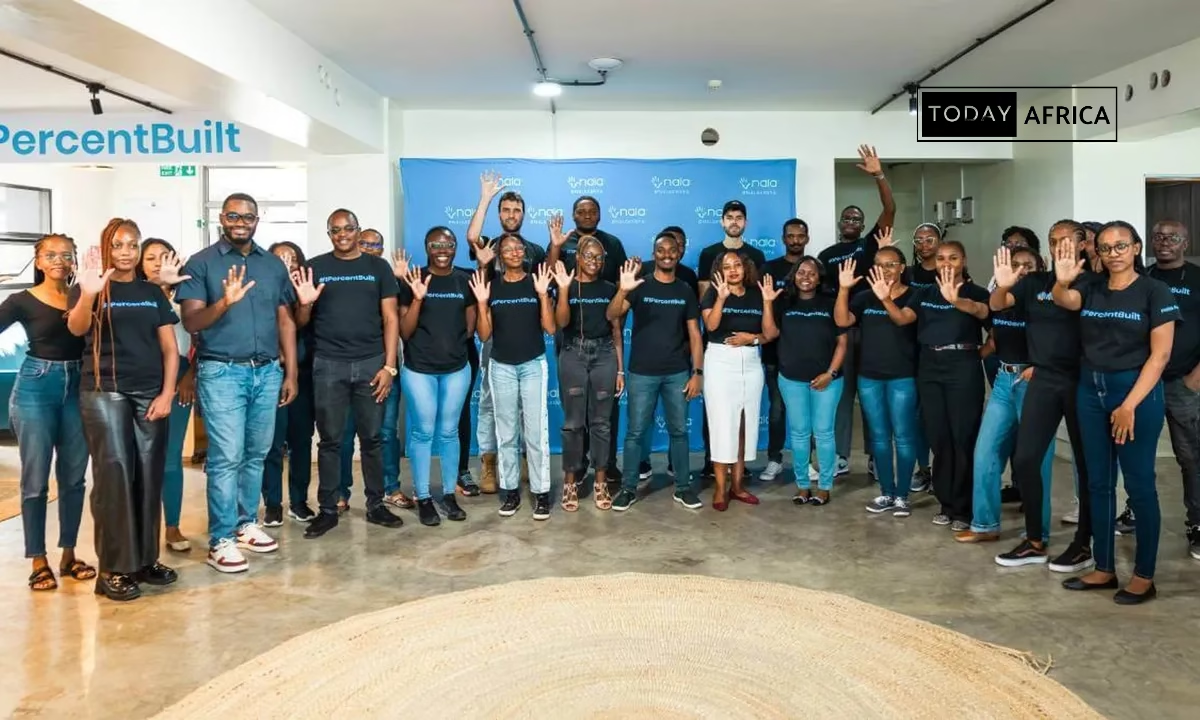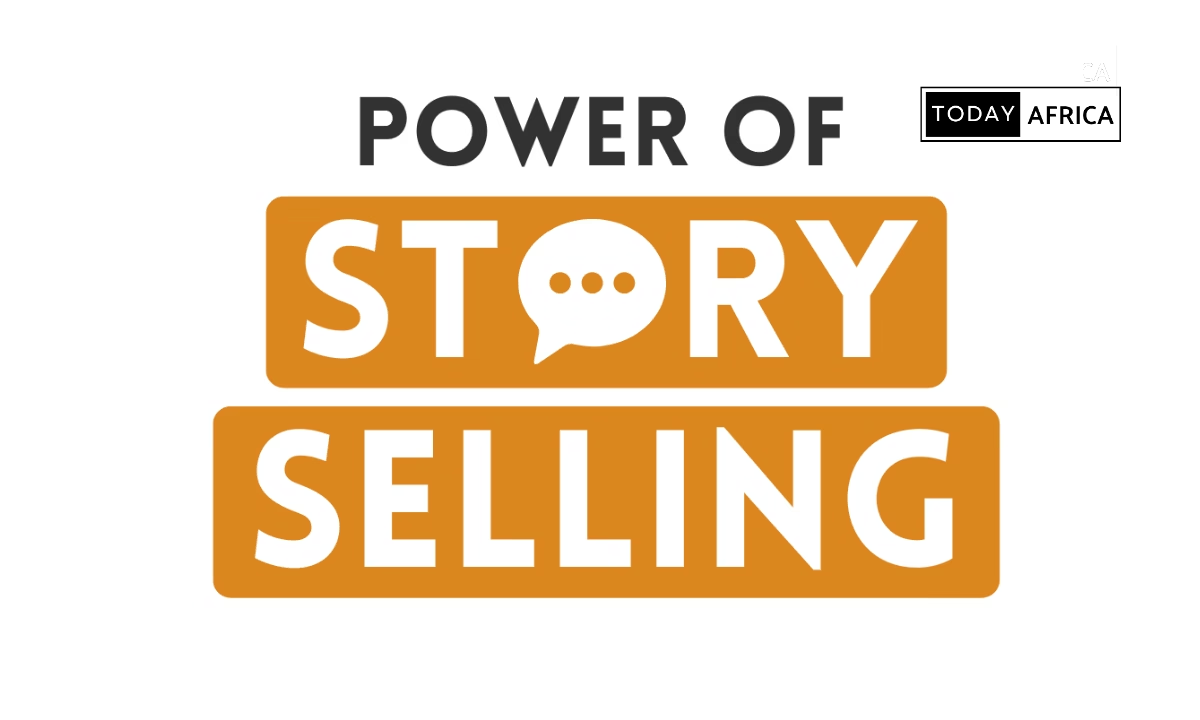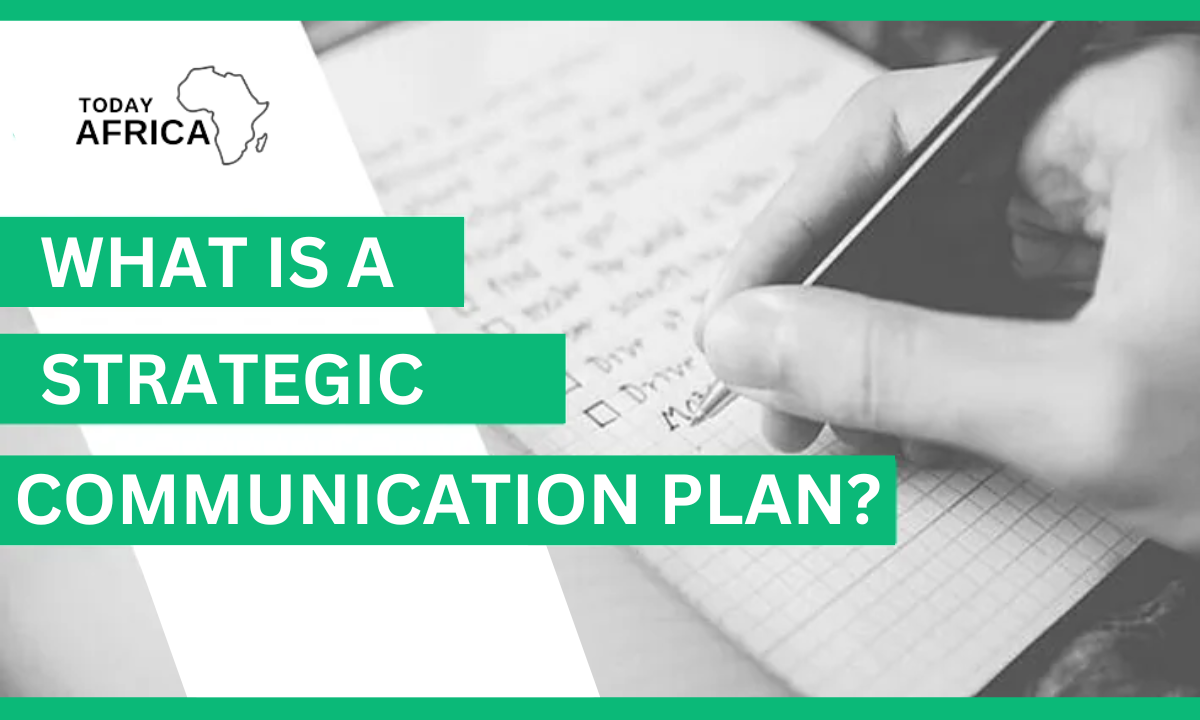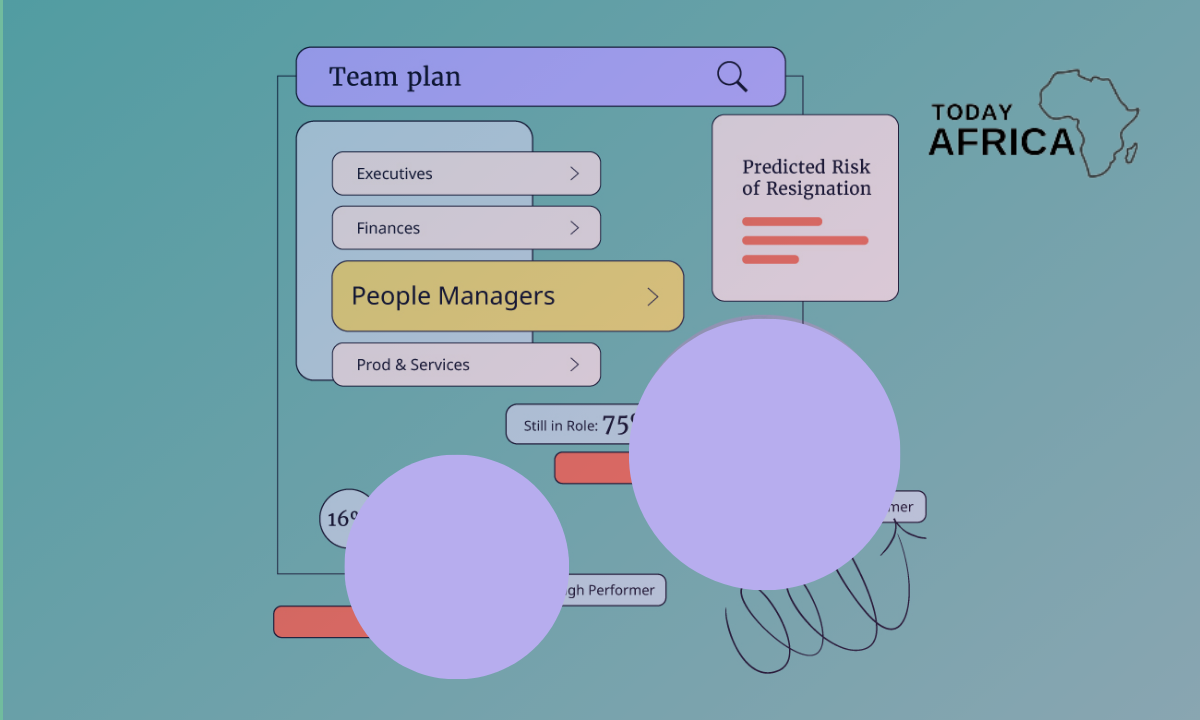Customers will only buy your product/service once they are informed about it and its benefits.
It shows that marketing can be as essential to your business’s success as the quality of the products/services it offers.
And that’s how promotion mix comes into the picture, it’s essential to an effective marketing strategy.
In this article, we define a promotional mix and examples of how to use one.
What is a Promotional Mix in Marketing?
A promotional mix is a combination of marketing methods including advertising, sales, public relations and direct marketing to achieve a specific marketing goal.
It plays a major role in boosting the sale of the products. As it optimizes promotional efforts and reaches a broader customer base.
Moreover, it integrates all the decisions to attract and influence the target customers. Some such decisions are:
- Selecting advertising media
- Selecting promotional techniques
- Using publicity measures
- Public relations strategy, etc
Also, understand that promotion is the 4th P of the marketing mix. It involves communication with customers and distribution channels to boost sales. Thus, it is an essential part of your organization’s marketing strategy, which we established in the beginning of the article.
Why it’s Important for Business Owners in Africa
The product or service your business is selling can be what people need, but that means nothing if no one (especially your target demographic) knows it exists.
This is where the promotional mix comes in handy for you, it gives you a clear idea of the path you should take in order to garner the exposure necessary to support your business and to grow a consumer base.
When people make the jump into starting their own business or launching their own line of products or services, they often make the mistake of not planning out how they expect to market themselves. Which is a big reason why over 80% of all new businesses fail within their first 5 years in Africa despite having the highest entrepreneurship rate in the world.
For example, say Mrs. Wise opens a bakery in town and offers a slew of crafty, tasty products. They’ve received nothing but good reviews on their Facebook page and the business is primed to be successful.
The only problem is the owner thought they would grow based on word-of-mouth alone, so they never bothered to invest in building out a proper promotional mix for spreading the word about their brand.
Due to this lack of preparation, the bakery was only able to stay afloat for a year and had to close down due to a lack of new revenue.
So, to ensure your business doesn’t become another statistic like the bakery, read on to learn the benefits of building out a proper promotional for your business.
4 Elements of Promotional Mix (Strategies and Tactics)
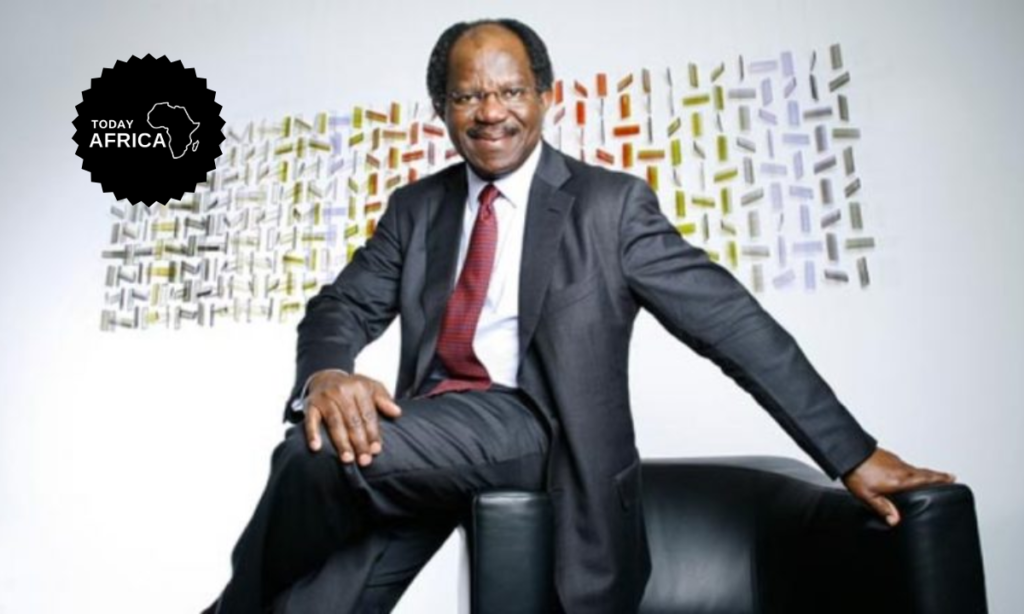
1. Advertising
Advertising includes all the paid promotion of your products or services through all mediums. So all of your marketing materials (brochures, pamphlets, posters, flyers, etc.) will be included within the advertising portion as well as any paid social media marketing efforts.
So if you have a paid Facebook post that appears on people’s feeds, then consider that to be a part of advertising.
Advertising may also benefit from mass-market exposure and is a relatively low cost per exposure technique. You can also use advertising to capture the target audience’s attention creatively and use a variety of advertising appeals.
2. Public relations
Public relations includes any information about your products or services that is pushed by a third party. It also includes any free publicity your business may garner as well as paid publicity.
An example of paid publicity would be if a new restaurant opened up and the owner paid a local radio host to talk about how much they loved their food.
The difference between public relations and advertising is that advertising comes straight from the brand itself whereas public relations showcase the brand by having a third-party speak on it, whether it be paid or non-paid.
Popular mediums for paid public relations includes radio, press releases, newspapers, magazines, TV, as well as podcasts. Keep in mind that the medium you choose should be based on whichever demographic makes up your target customer.
3. Personal selling/direct marketing
Personal selling is the process of trying to convince a sales prospect to make a purchase through the use of a presentation that takes place either in-person or over the phone.
For example, a car salesperson would have to be well-trained in their ability in personal selling because a large part of their job is convincing people to purchase cars available at their dealership.
4. Sales promotion
Sales promotion is defined as the communication methods that include both media and non-media marketing methods used to increase or stimulate market demand.
Some examples include offering coupons, freebies, discounts, contests, as well as retail point of purchase displays.
So let’s say you’re launching a new restaurant specializing in African dishes. To create excitement and draw in customers, you decide to organize a “Jollof Rice Challenge.” Here, participants have to finish a plate of jollof rice within 5 minutes, and if successful, they win a month’s worth of free food from your restaurant.
The Jollof Rice Challenge attracts a number of people to not only compete in the challenge but also curious onlookers who want to see if anyone can win it. As news about your unique challenge spreads through social media and local news outlets, your restaurant gains significant publicity.
Advantages/Importance of Promotional Mix in Marketing
1. Product differentiation: The markets are flooded with a wide variety of products. So, it is vital to differentiate your products from others. A promotion mix helps create a unique image of the products in the customer’s eyes.
2. Market segmentation: Marketing efforts become useless if they are not concentrated towards potential buyers. You can identify and pitch the potential buyers and market segments through this mix.
3. Wide reach: It increases the possibility of more amount of conversions from prospects into customers.
4. Appealing campaign: The combination of promotional tools forms a promotional campaign. You can develop an appealing and striking promotional campaign that ultimately boosts sales.
5. Repositioning: It also helps reposition your Brand, Product, company’s Vision, and more. This is because it is a medium of communication from organization to customers.
6. Persuasion: It is an important advantage of the promotion mix. As each promotion tool holds the capacity to persuade people to try or buy your products.
How to Use Promotional Mix in Marketing
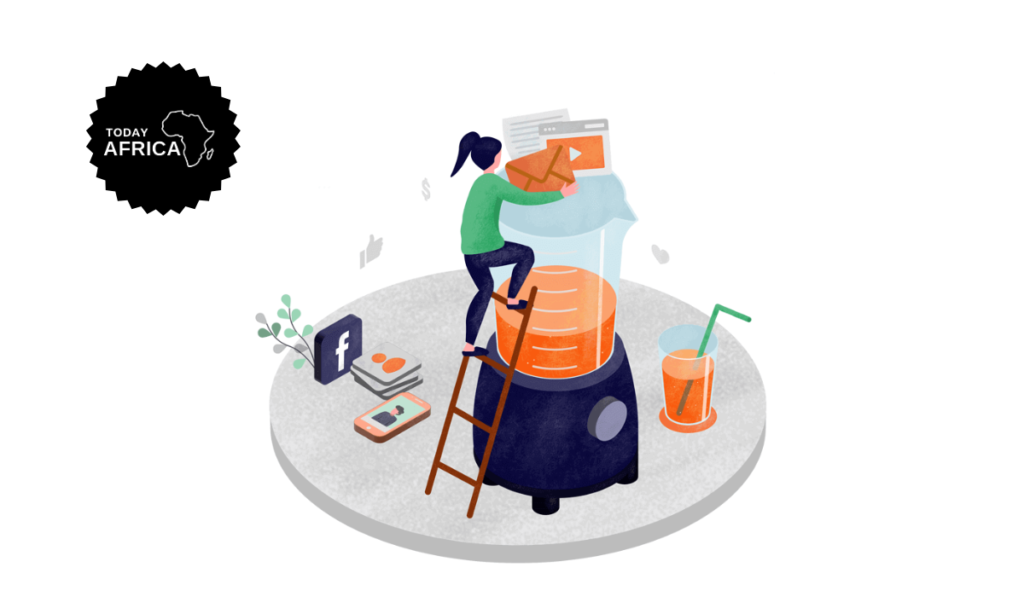
Do you want to utilize a promotional mix to communicate with your customers and entice them to buy your products? Let’s look at a simple process to help you use promotional mix in your everyday marketing operations.
1. Identify your target audience
Before starting any kind of promotion, identifying and documenting the individuals or groups who’d be most interested in buying your products is crucial.
You should target your promotional campaigns at these people, basically your target market. Here’s how you can start in three simple steps:
- Conduct surveys with your existing subscribers or customers to understand their needs, wants, expectations, and pain points
- Create a detailed buyer persona based on your understanding of your target audience and their expectations
- Personalize your marketing materials to resonate with the specific needs and preferences of your target audience
2. Establish your marketing message
Once you understand your target audience, it’s time to create a compelling marketing message or communication.
Your brand should stand for something unique and meaningful, and your target audience needs a reason to choose your business over competitors.
Craft well-thought-out emails, ad campaigns, or social media posts that align with your brand’s core values and address your customers’ desires and pain points.
3. Set measurable promotion goals
What do you aim to achieve through your marketing campaigns? Once you defined them, establish clear metrics to track your progress.
For example, if our aim at Today Africa is to increase our website traffic, one of the things to measure is click through rates across our email campaigns and compare them over time.
Specific and measurable metrics and KPIs will help you get a sense of direction, enhance focus, and enable a more accurate evaluation of the effectiveness of your promotional mix strategy.
4. Set a budget for your promotion mix
An effective promotion strategy requires a budget. While each element of the promotional mix can be valuable, they all require resources, making it impractical to attempt them all simultaneously.
So, set a budget that aligns with your business objectives and separates achievable outcomes from wishful thinking.
Allocating resources wisely allows you to strategically decide which promotional activities to prioritize and invest in, maximizing the return on your marketing investments.
5. Identify the channels for promotion
It’s time to identify the most viable channels for your promotional activities. Choose channels or platforms that promise maximum reach and engagement from your target audience.
For example, to target Gen Z, opt for promotion mix elements that support social media interactions. This could involve running engaging and interactive campaigns on platforms like Instagram or TikTok, where visually appealing content, contests, or influencer partnerships attract the target group.
While picking the channels, ensure to:
- Research and understand the preferred channels and platforms of your target audience
- Consider the preferences and habits of your target audience
- Select the platforms and channels that they frequently engage with
- Adopt an omnichannel approach and experiment with different platforms to achieve maximum reach
How to Determine an Optimum Promotion Mix
1. Set clear objectives
There are some reasons for forming a communication mix be it for:
- Launching a new product
- Repositioning the old product
- Generating awareness, etc
So, first of all, you must clear the intent of developing a communication mix.
2. Availability of funds
Each promotional element demands different investments. This is because, they involve varied efforts and use different media for communication. Before selecting any element, you must consider the promotional budget of your company.
3. Promotional strategy
The next step is to build a suitable promotional strategy. It must comply with the previously set promotional objectives and overall organizational goals.
4. Motivation
Your company’s image is associated with the product and reverse. Therefore, you must create such a strategy that can impact the firm’s goodwill for good.
5. Effectiveness
Lastly, analyzing the effectiveness of the campaign is essential. It is crucial for managing the current campaign as well as planning future ones.
References
- https://www.studysmarter.co.uk/explanations/marketing/integrated-marketing-communications/promotion-mix/
- https://www.indeed.com/career-advice/career-development/marketing-promotional-mix

